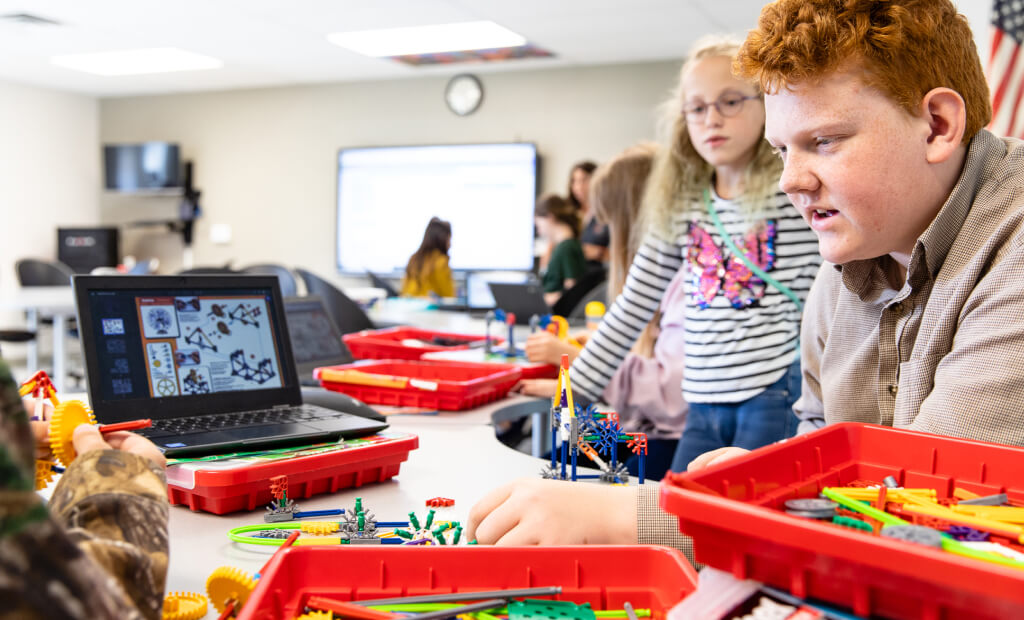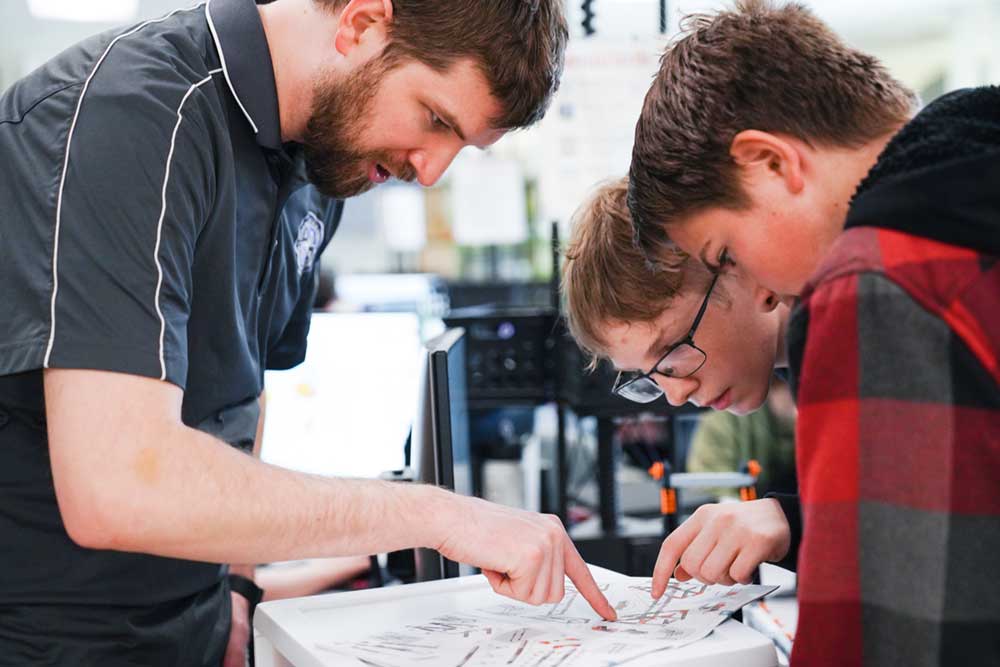Study Finds Scarce Use of Technology for Learning in U.S. Classrooms
A new study released by AdvancEd found that, despite the rapid proliferation of technology tools and digital content, examples of technology being used to enhance student learning are barely evident in American classrooms.
AdvancED, the country’s largest accrediting and school improvement organization, included more than 140,000 direct classroom observations over 3 years.
According to the report, while the use of technology is pervasive in almost all walks of life, “in the classroom, students are not actively using these technologies for learning.” AdvancED’s research found that “there are still relatively few classrooms in which the use of digital tools and technology is a regular part of a student’s school experience.”
“AdvancED research has found that examples of technology being put to use by students to strengthen learning are barely evident in classrooms today.”
Among the troubling observations, only 20.1% of classrooms used technology to gather, evaluate, or use information for learning very evident. In fact, in more than half of all classrooms observed, there was no evidence at all of technology being used in this manner.
Moreover, in only 16% of classrooms was technology used to conduct research, solve problems, or create original works for learning very evident; in only 13.9% of classrooms was use of technology to communicate and work collaboratively for learning very evident.
These findings are troubling. Consider the profound gap between students’ use of technology in and out of the classroom. According to the report, “Given that students are constantly using technology to communicate through chatting, blogging, emailing, texting, and gaming, it is surprising that this routine part of students’ daily lives is not being leveraged for learning in their K–12 classrooms.”
The AdvancED research shines new light on the widely held view that integrating technology is becoming prevalent in the classroom.
“While numerous surveys suggest that the pervasive use of tablets, smartphones, laptops and digital education content in the classroom is expanding and changing the role of teachers, the AdvancED study found little evidence of technology being used by students to strengthen learning in classrooms today.”
The report notes that most prior analysis was based on teacher surveys rather than the comprehensive classroom observations on which this study was based.
“Students thrive when the teacher requires technology use not only for researching and writing but also to solve problems, work collaboratively and develop creativity.”
At SmartLab, we are dedicated to closing this technology gap in the classroom. Our SmartLab suite of STEM programs puts technology directly in the hands of students through personalized, project-based learning. Our solutions engage all learners with hands-on, minds-on learning and promote problem-solving, collaboration, communication and creativity.
Source: The Paradox of Classroom Technology: Despite Proliferation and Access, Students Not Using Technology for Learning, AdvancED research by Ludwig van Broekhuizen, Ph.D.




